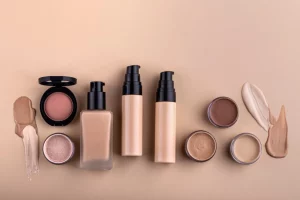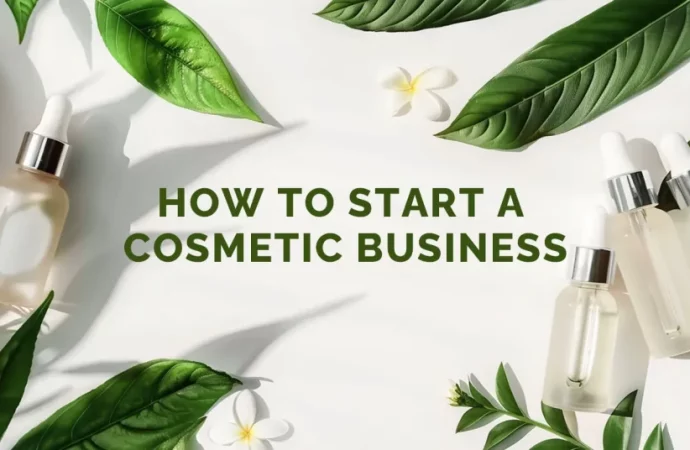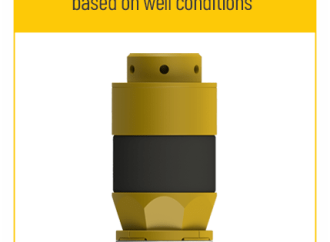Introduction Starting a cosmetic business in the USA can be exciting, profitable, and challenging all at once. With the beauty industry booming and consumer demand at an all-time high, entrepreneurs have endless opportunities to carve their own space in this competitive market. Whether you’re dreaming of launching a skincare line, an eco-friendly makeup brand, or
Introduction
Starting a cosmetic business in the USA can be exciting, profitable, and challenging all at once. With the beauty industry booming and consumer demand at an all-time high, entrepreneurs have endless opportunities to carve their own space in this competitive market. Whether you’re dreaming of launching a skincare line, an eco-friendly makeup brand, or luxury beauty products, this Cosmetic Business Startup Guide: USA Edition will walk you through everything you need to know—from regulations and branding to cosmetic packaging and marketing.
Why Start a Cosmetic Business in the USA?
1. Growth of the Beauty Industry
The U.S. beauty industry is one of the largest markets globally, with billions in annual revenue. It’s driven by innovation, self-care trends, and the rise of indie cosmetic brands.
2. Consumer Demand and Diversity
American consumers are diverse, making the market open to products for all skin types, tones, and preferences. This inclusivity gives startups the chance to succeed by offering niche products.
Understanding the U.S. Cosmetic Industry Regulations
1. FDA Guidelines
The Food and Drug Administration (FDA) oversees cosmetic products in the U.S. While FDA approval isn’t always required, compliance with safety standards is mandatory.
2. Labeling Requirements
Labels must include ingredients, net contents, and manufacturer details. Accurate labeling builds trust and prevents legal issues.
3. Safety and Testing Standards
All products must be safe for consumer use. Many startups also invest in cruelty-free and dermatologically tested products to stand out.
Identifying Your Niche in the Cosmetic Market
1. Skincare Products
Moisturizers, serums, and cleansers dominate the U.S. market.
2. Makeup Essentials
From foundations to lipsticks, makeup remains a steady-selling category.
3. Organic and Natural Cosmetics
Eco-conscious buyers are fueling growth in natural, chemical-free cosmetic lines.
4. Men’s Grooming Products
The men’s grooming market is growing rapidly, with products like beard oils and skincare for men becoming popular.
Conducting Market Research
1. Target Audience Analysis
Define your ideal customer—age, gender, lifestyle, and spending habits.
2. Competitor Research
Study competitors’ products, pricing, and packaging. Identify gaps you can fill.
3. Pricing Strategies
Balance affordability and premium appeal depending on your target audience.
Building a Strong Cosmetic Brand

Image by: Yandex.com
1. Choosing a Brand Name
Pick something memorable, unique, and easy to pronounce.
2. Logo and Identity Design
Your logo should reflect your brand personality—luxury, eco-friendly, or playful.
3. Brand Storytelling
Tell your “why.” Consumers love brands with a mission and story behind them.
Developing Your Cosmetic Products
1. Formulation Process
Work with chemists or labs to create safe, effective formulas.
2. Sourcing Raw Materials
Choose reliable, ethical suppliers for high-quality ingredients.
3. Working with Manufacturers
Decide between private labeling, contract manufacturing, or DIY production.
The Role of Cosmetic Packaging in Branding
1. Importance of Cosmetic Boxes
First impressions matter—your cosmetic boxes are the first thing customers see.
2. Custom Packaging Design
Personalized packaging enhances brand recognition and consumer trust.
3. Eco-Friendly Packaging Trends
Sustainable cosmetic packaging attracts eco-conscious consumers.
Legal Steps to Start Your Cosmetic Business in the USA
- Register your business (LLC, Corporation, or Sole Proprietorship)
- Apply for necessary licenses and permits
- Protect your brand with trademarks
- Get business insurance
Setting Up Manufacturing and Supply Chain
1. In-House Production vs. Outsourcing
Small startups may begin with outsourcing before moving to in-house production.
2. Quality Control Systems
Consistency is key—regularly test product quality.
3. Supply Chain Management
Streamline suppliers, packaging partners, and distributors to avoid delays.
E-commerce and Retail Options for Cosmetic Businesses
1. Online Store Setup
Build a website or use platforms like Shopify.
2. Selling on Amazon, Etsy, and Shopify
Leverage established marketplaces for faster reach.
3. Retail Partnerships
Get products into beauty stores, salons, and boutiques.
Marketing Strategies for a Cosmetic Startup
1. Social Media Marketing
Instagram, TikTok, and YouTube are goldmines for beauty businesses.
2. Influencer Collaborations
Partnering with micro-influencers can boost credibility.
3. Email and Content Marketing
Build relationships with personalized content and newsletters.
The Power of Packaging in Marketing
1. Eye-Catching Cosmetic Boxes
Unique packaging attracts attention and drives impulse buys.
2. Seasonal Packaging Designs
Holiday or limited-edition packaging can increase sales.
3. Luxury Packaging for Premium Lines
High-end cosmetic brands rely on luxury packaging to justify higher prices.
Budgeting and Financial Planning
1. Startup Costs
Plan for product development, packaging, marketing, and legal expenses.
2. Pricing for Profitability
Calculate costs and set margins that ensure growth.
3. Funding and Investment Options
Consider personal savings, small business loans, or angel investors.
Scaling Your Cosmetic Business
1. Expanding Product Lines
Add new shades, formulas, or complementary products.
2. Entering New Markets
Expand internationally once your U.S. brand is stable.
3. Building Customer Loyalty
Loyalty programs and subscriptions can keep customers coming back.
Conclusion
Starting a cosmetic business in the USA is both exciting and rewarding. From complying with FDA guidelines to designing eye-catching custom packaging, every step plays a role in your success. With the right strategy, strong branding, and innovative marketing, your cosmetic startup can grow from an idea into a thriving business loved by customers nationwide.
FAQs
Q1. Do I need FDA approval to sell cosmetics in the USA?
Not always. However, products must be safe and correctly labeled under FDA regulations.
Q2. How much does it cost to start a cosmetic business?
Depending on your scale, costs can range from $5,000 to $50,000 or more.
Q3. Why is cosmetic packaging important?
Packaging influences buying decisions, builds trust, and enhances brand identity.
Q4. Can I start a cosmetic business from home?
Yes, many startups begin from home with small-scale production before scaling up.
Q5. What is the best marketing channel for cosmetic startups?
Social media platforms like Instagram and TikTok are highly effective for beauty businesses.






















